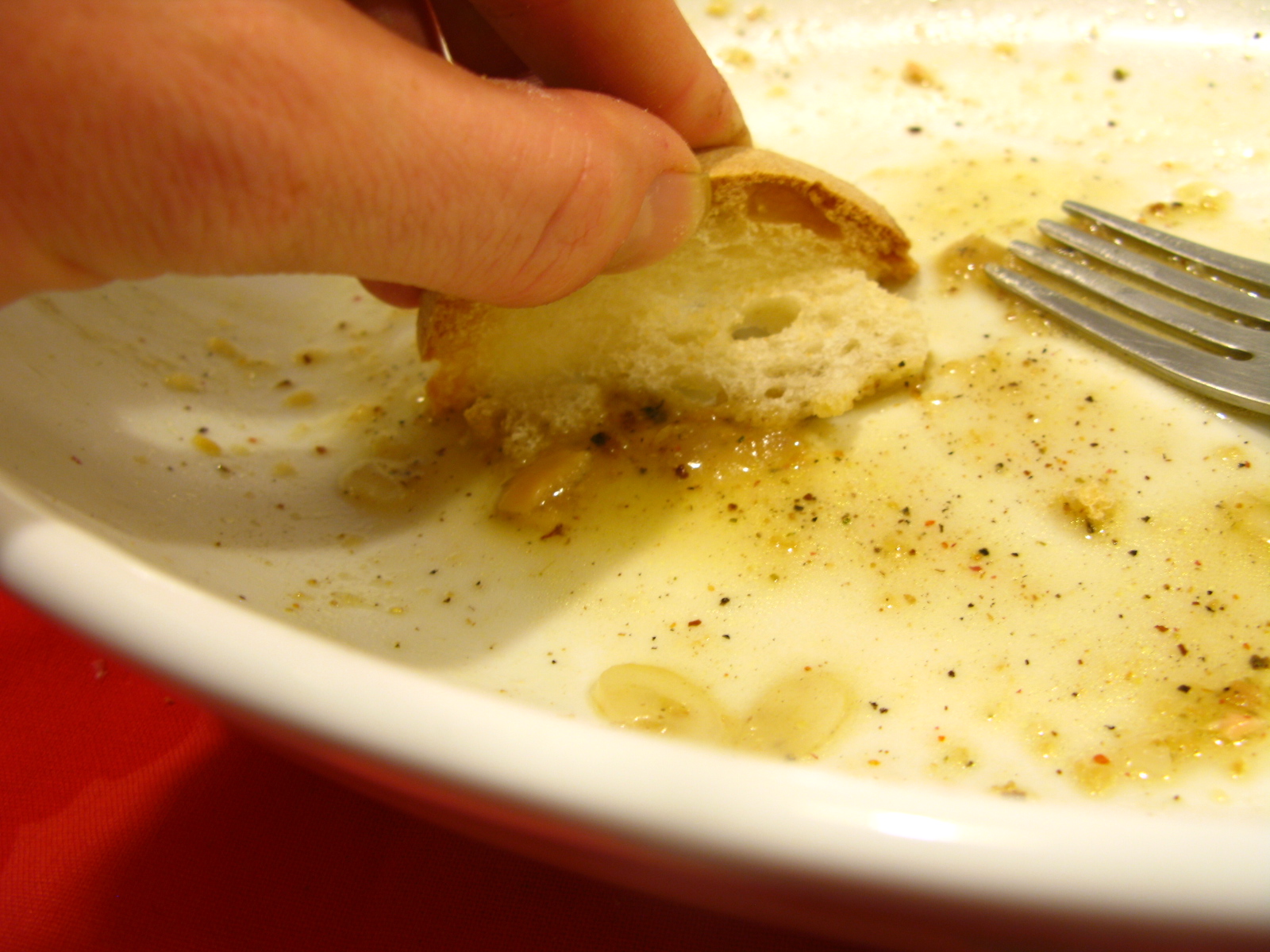Arista derives from the Greek word aristos, meaning “best”. According to tradition, some Greek clergymen which visited Florence in 1430 for a Ecumenical Council were served the Tuscan-style roast pork and found it “aristos” or very good. The dish has been called this ever since then. Arista is equally good served warm or cold.
Serves: 6
INGREDIENTS
- 1 kg boneless center-cut pork loin roast (about 2 pounds)
- 3 tsp chopped fresh rosemary
- 3 large cloves of garlic, minced
- ½ tsp salt and ½ tsp ground black pepper
- cooking string
- 2 tbsp olive oil
- Mix together the rosemary, garlic, salt and pepper. Make deep cuts into the pork roast, stuff the incisions with the garlic mixture and spread any remaining mixture over the entire surface of the meat.
- It is recommended you tie the roast with some cooking string in order to maintain its neat, compact shape and ensure even cooking; if it is a single-piece roast, then the tying is optional. Pour the oil into a large enough saucepan and heat over a medium flame. Add the pork roast and roll it around until you’ve browned the piece on all sides. Now place the roast on a baking dish (the dish/pan should not be too big otherwise the juices will dry out before you can use them) and place it into the oven to cook at about 350 °F (180°C) for about an hour and a half. Check the roast periodically and baste with the pan juices, rolling the roast around every once in a while.
- If you have a meat thermometer, the roast is done once the thickest part of the roast has reached 150-155 °F. Since we don’t have one, our method is to make a hole in the thickest part of the roast with a long thin metal toothpick and remove it; the roast is done when no pink liquid comes out of the hole.
- Remove the roast to a cutting board, cover loosely with alumnimum foil and let stand for 15 minutes. Slice the meat and serve with the pan juices.











I love this dish but could never get it consistently tender and moist – however I just started using a pressure cooker – and the results are delicious AND true to the flavour. The last time I did it I threw in “potate novelle” and cooked everything together in the pressure cooker for 20 min – let it stand for another 10 – and it was absolutely the best I ever did.
I invite you to follow our blog.
http://www.pierotucci.wordpress.com
Wow! Yummy! Want to try it. =)